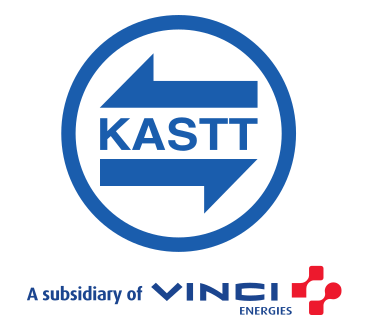GLOSSARY OF TERMS
It expresses the contamination of the supply air with pollutants from the extract air, which is created by the rotation of the exchanger rotor.
A device where the supply and exhaust air flows along the heat exchange surfaces. Here, heat energy is predisposed from the exhaust air stream into the supply air stream, which is thus preheated.
One layer of aluminum foil is provided with a hygroscopic layer. In addition to heat transfer, it also allows transfer of moisture.
The rotor is wound from aluminum foil, which is covered with an epoxy layer. This solution is suitable for use in aggressive environments.
The rotor is wound from an aluminum foil equipped with a special hygroscopic layer (silica gel, zeolite), which enables the transfer of moisture in addition to heat transfer.
The sealing placed between the rotor circumference and the casing using two special profiles – a fixed profile attached to the rotor circumference and a flexible profile (cuff) mounted on the front segment of the heat exchanger casing. At the place of the dividing plane, a special plastic profile with lamellar edges is attached, which rest against the front surface of the rotor.
This is the latest moisture transfer technology for rotary heat exchangers. Zeolites are naturally occurring microporous aluminosilicate minerals with a characteristic 3D porous structure – channels and cavities of constant dimensions. This effectively sorbs water vapor molecules.
The process of using energy from extract (exhaust) air, thereby reducing the energy needed to produce supply air. Regeneration ensures the transfer of sensible and bound heat by accumulating energy in the mass of the exchanger and its subsequent release into the supplied air.
The process of using energy from extract (exhaust) air, thereby reducing the energy needed to produce supply air. It ensures the transfer of only sensible heat, which takes place through the heat exchange surface of the exchanger.
A device where both air streams are firmly separated and work on the principle of heat transfer by conduction in the thin wall of the exchanger (through its heat exchange surface).
A device working on the principle of accumulating energy (heat, moisture) from the extract air into the slowly rotating mass of the exchanger rotor (aluminum coil), and then transferring this energy to the supply air.
Rotary heat exchanger design with pre-assembled rotor in both parts of the casing. This concept makes assembly easier and more accurate, saves time and significantly reduces costs.
Both layers of aluminum foil are covered with a hygroscopic layer (highest moisture transfer efficiency).
The rotor of the rotary heat exchanger is wound from aluminum foil and serves primarily to transfer thermal energy.
Use of waste heat expressed as a percentage for preheating cold, fresh air.
A device that uses energy from extract (exhaust) air, thereby reducing the energy needed to produce supply air.
Rotary heat exchanger accessories. It has the shape of a wedge and forms a short circuit between the inlet and outlet channels at the dividing plane of the exchanger. It minimizes the contamination of the supplied air with pollutants from the extract air, which is created by the rotation of the exchanger rotor (the so-called Carry-Over Effect).
The process of using energy from extract (exhaust) air, thereby reducing the energy needed to produce supply air.

